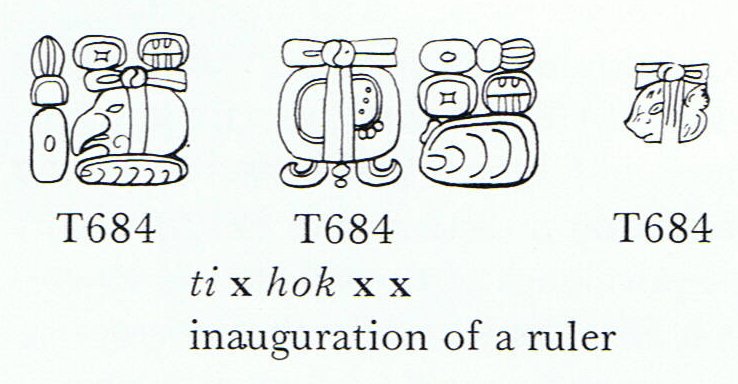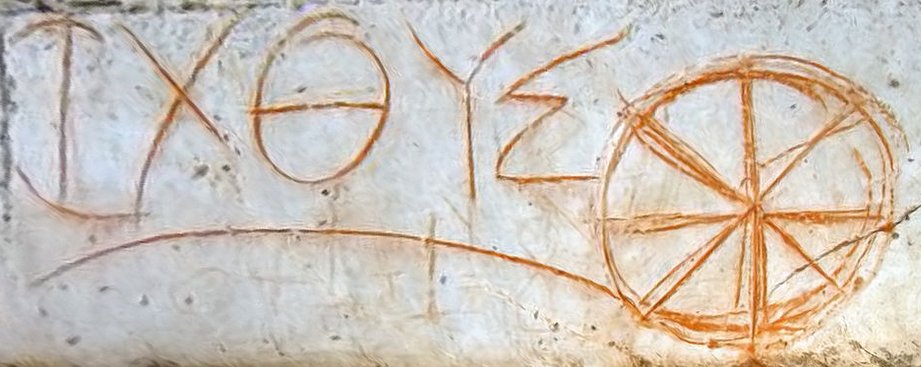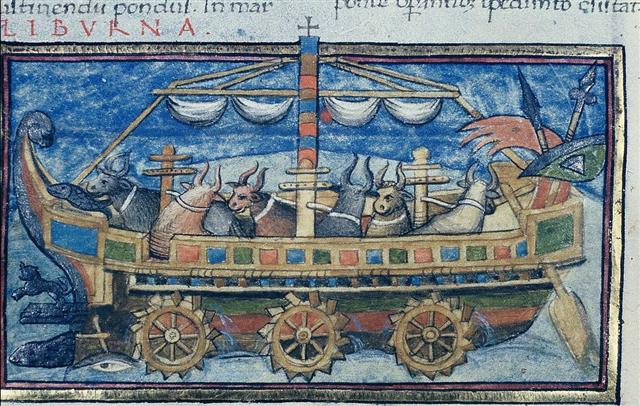115. Once again. Fomalhaut, Achernar, and Canopus were not only very bright stars but they were also far down and 'drinking water':
... The Pythagoreans make Phaeton fall into Eridanus, burning part of its water, and glowing still at the time when the Argonauts passed by. Ovid stated that since the fall the Nile hides its sources. Rigveda 9.73.3 says that the Great Varuna has hidden the ocean. The Mahabharata tells in its own style why the 'heavenly Ganga' had to be brought down. At the end of the Golden Age (Krita Yuga) a class of Asura who had fought against the 'gods' hid themselves in the ocean where the gods could not reach them, and planned to overthrow the government. So the gods implored Agastya (Canopus, alpha Carinae = Eridu) for help. The great Rishi did as he was bidden, drank up the water of the ocean, and thus laid bare the enemies, who were then slain by the gods. But now, there was no ocean anymore! Implored by the gods to fill the sea again, the Holy One replied: 'That water in sooth hath been digested by me. Some other expedient, therefore, must be thought of by you, if ye desire to make endeavour to fill the ocean ...
As to Achernar already its name - the End of the River - suggests a place where all water was consumed. "With Achernar and Fomalhaut, [the] corresponding stars in Eridanus and Piscis Australis, it [Canopus] made up the Tre Facelle of Dante's Purgatorio, symbolizing Faith, Hope, and Charity - 'these three torches, with which this hither pole is all on fire'." (Allen)
The gesture of the Canopus figure - presumably the last of the 3 men (stars) in glyph number 255 - was probably intended to illustrate 'drinking', i.e. in non-civilized fashion by cupping the hand, dipping it into the water, and then throwing its contents into the mouth, as demonstrated by Agastya above.
Fomalhaut, Achernar, and Canopus, were receiving water because gravitation was drawing it down to them. And then, during the remainder of the year, balance had somehow to be restored. 366 - 111 = 255 days equals the glyph number at Ca9-27. ... Once upon a time Achernar would have risen heliacally in FEBRUARY 8 (*324) with Canopus (α in Argo Navis) coming 72 (= 360 / 5) days later, viz. in APRIL 21 (111). Fomalhaut (The Mouth of the Fish, α Piscis Austrini) would at that ancient time have been in DECEMBER 29 (*363). Number 111 is also the result of counting *363 - *324 + 72, i.e. the distance in right ascension days from Fomalhaut to Canopus ... When the waters had disappeared towards the 'mouths' down in the south the ships were bound to have followed: ... Dante kept to the tradition of the whirlpool as a significant end for great figures, even if here it comes ordained by Providence. Ulysses has sailed in his 'mad venture' beyond the limits of the world, and once he has crossed the ocean he sees a mountain looming far away, 'hazy with the distance, and so high I had never seen any.' It is the Mount of Purgatory, forbidden to mortals. 'We rejoiced, and soon it turned to tears, for from the new land a whirl was born, which smote our ship from the side. Three times it caused it to revolve with all the waters, on the forth to lift is stern on high, and the prow to go down, as Someone willed, until the sea had closed over us.' The 'many thoughted' Ulysses is on his way to immortality, even if it has to be Hell. The engulfing whirlpool belongs to the stock-in-trade of ancient fable. It appears in the Odyssey as Charybdis in the straits of Messina - and again, in other cultures, in the Indian Ocean and in the Pacific. It is found there too, curiously enough, with the overhanging fig tree to whose boughs the hero can cling as the ship goes down, whether it be Satyavrata in India, or Kae in Tonga ...
At the time of Gregory XIII the Day of St John would have coincided with Ca10-27 and the intention of the creator of the C text may have been to here draw attention to the fact that the Pope had changed the rules, making Canopus rise with the Sun before the solstice instead of 3 days after the solstice. ... When the Pope Gregory XIII updated the Julian calendar he did not revise what had gone wrong before 325 AD (when the Council of Nicaea was held). Thus the stars were still 3-4 days 'out of tune' compared to the calendar ... the Gregorian 'canoe' was 'crooked'. His calendar was not in perfect alignment with the ancient star structure. Because he had avoided to adjust with the effects of the precession between the creation of the Julian calendar and the Council of Nicaea in 325 A.D. [The Julian equinox was in the 3rd month of the year and in its 25th day; 3-25.] Metoro's hia ought to have been a suggestion to Bishop Jaussen to count: 179 (June 28) - 84 (Julian equinox) = 175 (║June 24) - 80 (Gregorian equinox) = *95 (Canopus).
It was St John the Baptist who should inaugurate the new king (haka-ariki). ... The evening of 23 June, St. John's Eve, is the eve of celebration before the Feast Day of Saint John the Baptist. The Gospel of Luke (Luke 1:36, 56-57) states that John was born about six months before Jesus; therefore, the feast of John the Baptist was fixed on 24 June, six months before Christmas Eve ...
... Finally the day arrived for launching the canoe, and a great multitude assembled to see the wonderful sight. The props were removed from the sides of the canoe, and the men held it ready to launch over the rollers. Hotu invoked the gods Ta'aroa, Tane, 'Oro, Ra'a, Ro'o, and Moe, to their aid, and soon their presence was felt impelling the canoe. The rollers began to move, and then the canoe went forwards, slowly at first as the men's hands steadied it and then swiftly and well poised as it gracefully descended alone and sat upon the sea, which rose in great rolling waves caused by a wind sent to meet it by the aster Ana-mua (Antares in Scorpio), the parent pillar of the sky. The spectators greatly admired Hiro's ship and raised deafening shouts. Then the canoe was made to drink salt water; it was dipped forwards and backwards in the waves of the great moving altar of the gods and thus consecrated to Tane. A marae was made for him in the little house aft of the deck, and the three masts were rigged with ropes and strong mats for sails and long tapa pennants streaming from them ...
|
|||||||||||||||||||||||||||||||||||||||||||||||||||||||||||||||||||||||||||||||||||||||||||||||||||||||||||||||||||||||||||||||||||||||||||||||||||||||||||||||||||||||||||||||||||||||


















